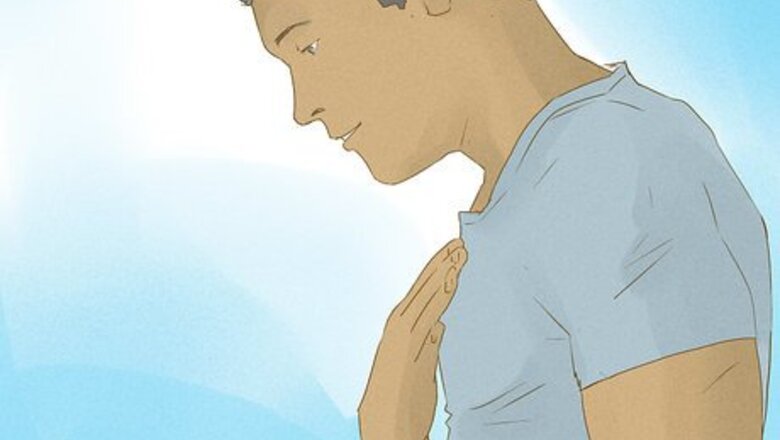
views
Getting Organized
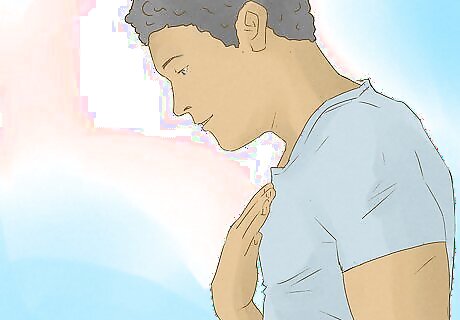
Stay calm. Perhaps the most important thing to surviving a shipwreck is staying calm. This is even more important in the first chaotic moments in a tragedy at sea. If you don’t stay calm, you could put yourself in more risk. If you find yourself panicking, tell yourself to relax and breathe deeply. Think before you act. Don’t just run to the first life boat, or jump into the water at the first sight of danger. Consider all your options.
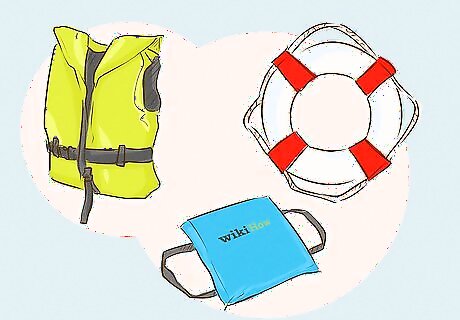
Find a flotation device. As the craft you’re on is sinking, you should make it your primary goal to find some sort of flotation device. Without a flotation device, you probably won’t survive for very long in the water. Some devices include: Life preservers. Solid life boats. Inflatable rafts.
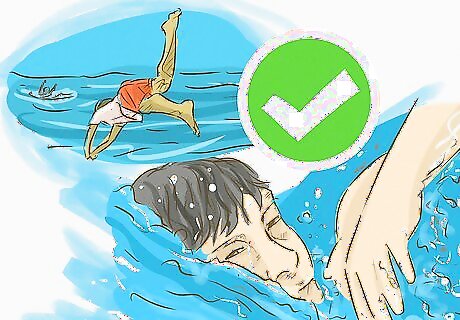
Jump from the craft if you are in danger. If you must jump from a boat, make sure to keep your shoes on. Look down before you jump to make sure you don’t land on other people or objects. Place one of your arms on your abdomen. Then, grasp your opposite elbow. Use the opposite hand to hold your nose closed. Finally, jump as far off as you can. As you fall, cross your legs and try to enter the water with your feet first.
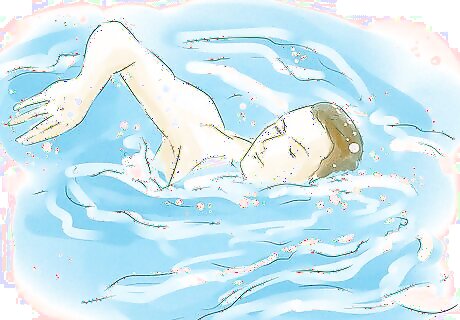
Get away from the boat, if it is large. Large ships tend to create a suction effect and suck things down with them as they sink. As a result, the larger the vessel, the farther you should get away from it as it sinks. This is important, as large boats can bring you down even if you’re wearing a life preserver. Use the breaststroke to swim away from the boat. Kick strongly with your legs. If you don't know how to swim very well, stay calm, tread water, and slowly paddle away from the sinking ship.
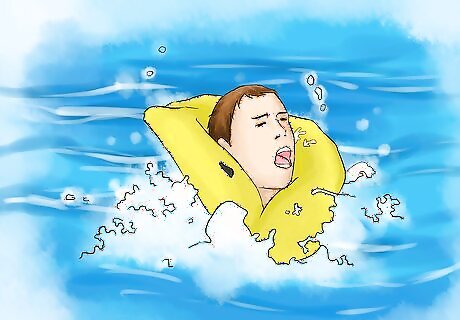
Find something to help you stay afloat. If you don’t have a life preserver, raft, or something else to float on, look around the area of the shipwreck for any debris you could use to stay afloat. There are many possible items that you could use, such as: A door. Pieces of the boat that are still floating. Spare lifeboats or life preservers that aren’t being used.
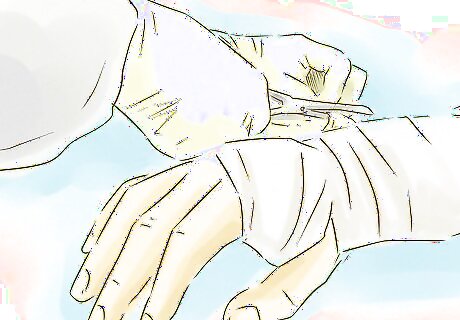
Look to see if you are injured. After you’re a safe distance from the boat, you should take a quick look at yourself to see if you’re injured or not. This is important, as you could need immediate medical attention. Pay attention to whether: You’re bleeding. If so, and the wound is bad, you may need to use a tourniquet to stop loss of blood. This is important, as blood loss could fasten the pace at which hypothermia sets in. You have a broken limb. A broken limb could seriously inhibit your ability to swim. If you have one, you’ll need to immediately ask for the assistance of another survivor.
Cooperating with Others
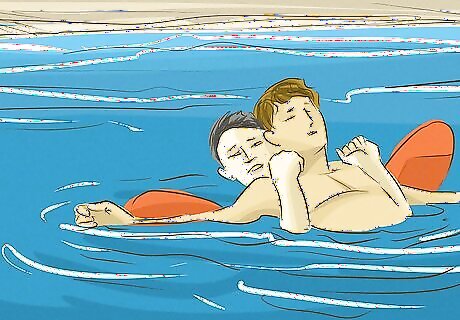
Help others. After you’ve checked yourself and found a way to keep yourself afloat, see if you can offer assistance to other survivors who may need help. Other survivors could be in serious distress and need immediate help. Assist others who may be in shock. Talk to them, tell them things will be okay, and let them know you are there to help them. Treat people who have concussions.
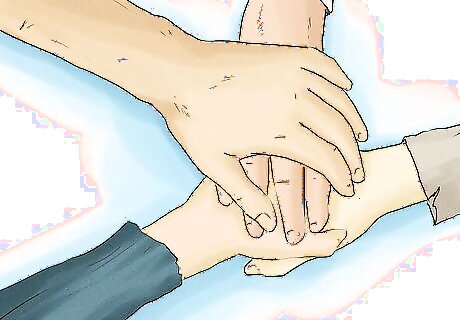
Organize your group. After you’ve adjusted to your new status, you need to talk to everyone in your group and get them organized. Survivors in your group may have knowledge, expertise, or ideas about how to increase your survival chances and get rescued. Stay together. Your chances of surviving and being rescued are a lot higher if your group is organized and stays together.
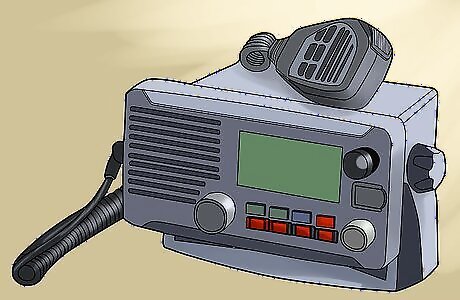
Signal for help. If you cannot recover from the capsizing, signal distress.Use your distress signals (audio, visual, electronic). For consumable signals, don’t use them all at once, you don’t know how long you could be stuck. There are many possible items that you could use, such as: Your personal locator beacon (PLB). Marine radio or whistle. Flares or anything you have to signal for help.
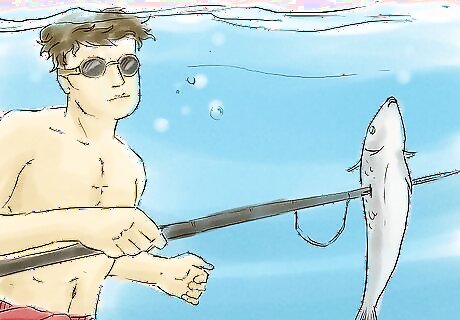
Look for supplies. After you and other survivors have found a way to stay afloat, start organizing and gathering supplies. Ultimately, the more supplies you have and the better you manage them, the longer you’ll be able to survive until you are rescued. Pay special attention to: Fresh water. Store and ration your fresh water as well as you can. Food. Signal flares and other items you could signal rescuers with.
Staying Alive on the Water

Avoid hypothermia. Next to drowning, hypothermia is the biggest threat to your survivor after a shipwreck. This is because exposure to cold water will lower your body temperature. If your body temperature gets too low, your body will eventually shut down and you will die. If you’re in the water with a flotation device and not on a raft, hug your knees to your chest. This will help maintain body warmth. If you’re with others in the water or in a raft, stay close together, and hug each other. Keep your clothes on. Even if they’re soaked, they’ll help maintain your body temperature.
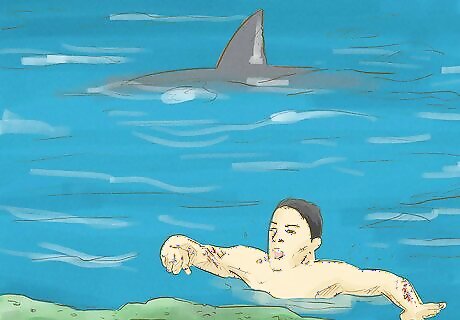
Watch for sharks. Next to hyperthermia and drowning, one of the biggest dangers on the open water are sharks. Sharks are especially dangerous around shipwrecks because they’re attracted to blood from injured people and by the fish that gather around floating objects on the surface of the water. Avoid splashing around. This will minimize the attention that you draw to yourself and your group. If someone has an open wound, do your best to stop the bleeding. Blood will draw fish and sharks from great distances.

Look for land. Once you’re relatively safe and stable on the water, you should look start to look for land. If you don’t find land, you’re chances of survival will drop every day as your supplies slowly disappear. There are many ways you can find land: Estimate your position based on your last known position. You can do this using charts, maps, or the stars. Look for signs of land like the presence of birds, driftwood, or trash. If you see birds, look at the direction they come from and fly toward. Try to visually spot land on the horizon. Depending on you distance, it could be hard to spot, but you should try.
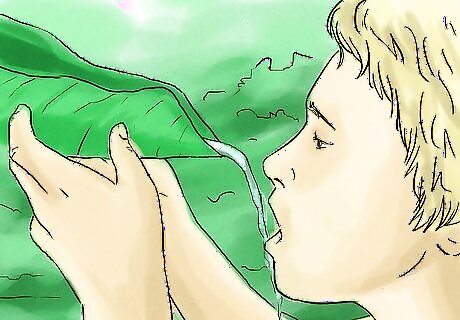
Create drinking water. If you find yourself in need of water and have a few basic supplies, you may be able to create some. Take a plastic tarp and set it out across your raft or lifeboat. Use it to collect rainwater. In addition, if there isn’t rain, you may be able to collect condensation off of it in the morning. Never drink salt water. It will dehydrate you. Instead, turn salt water into drinking water.
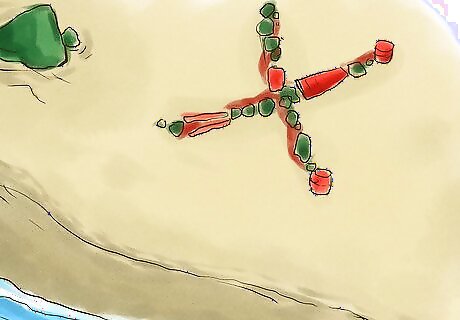
Signal rescuers. Whether you’re on a boat, floating on the water, or on land, you should try to signal rescuers as often as is possible. Without a signal, rescuers may not be able to spot you and other survivors after a shipwreck. Some methods of signaling include: Shooting a flare gun. Depending on how many flares you have, you may want to save these for when you see a boat or aircraft passing in the distance. A mirror. Use a mirror to reflect the sun toward a possible search craft. A fire. If you’re on land, light a fire to gain the attention of rescuers. Building a sign or some other sort of structure on a beach. For instance, create a “SOS” sign with coconuts or driftwood.



















Comments
0 comment